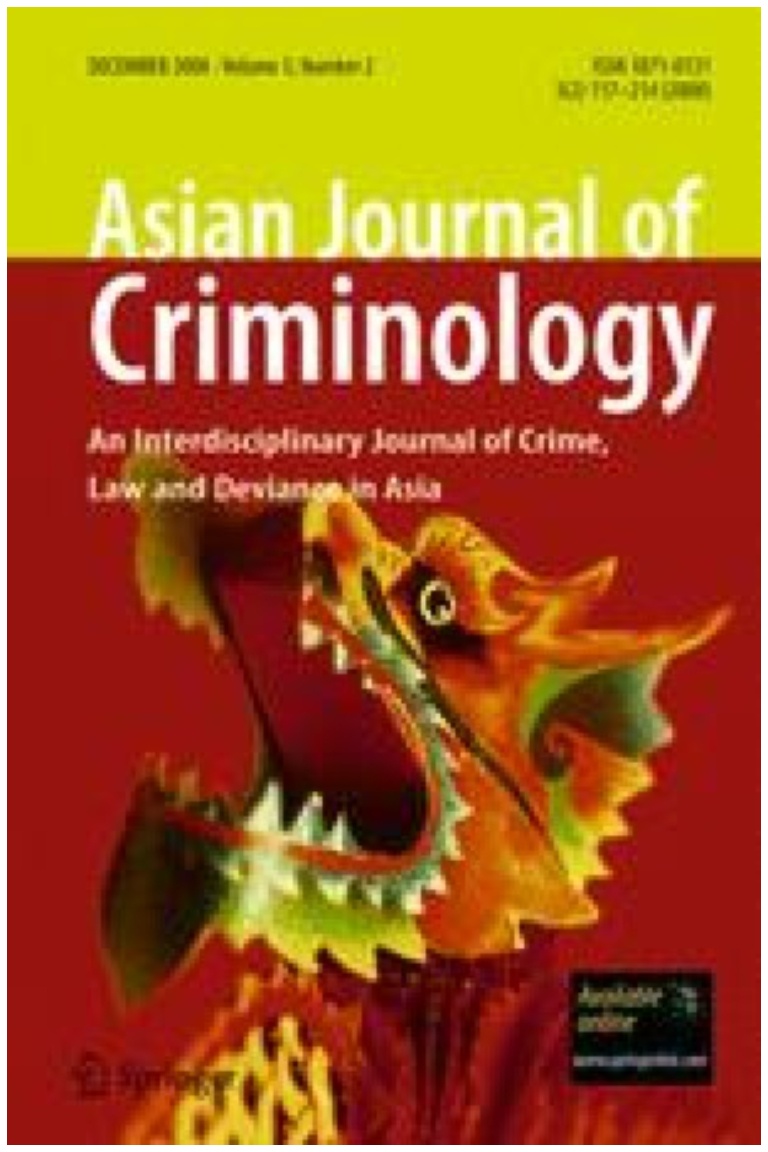China’s current structural dynamic of rewarding officials for generating vigorous and unprecedented growth is a double-edged sword: such a strategy assures economic expansion, more jobs, and growing infrastructure, but without adequate controls it can also encourage corruption, especially within a social environment that utilizes guanxi, a widely accepted form of institutionalized bribery, that would be illegal in developed countries. The current paper presents a case study of the development of China’s high-speed railway and the Wenzhou train crash and relates it to the criminological literature on white-collar and corporate crime. It seeks to reveal how corruption played a major role in the disaster and is organized as follows. First, it reviews the literature on guanxi and deconstructs the railway crash in Wenzhou. Second, it provides a criminological analysis of three primary factors that caused the crash, including a lack of transparency, a system of weak oversight and self-management, and social acceptance of guanxi, as well as how these elements create widespread institutional corruption. Third, it examines the unique characteristics of China that encourage institutional corruption. Finally, it offers directions for future research on effective reform and compliance.
Economic Crime and China's High-Speed Railway: A Case Study of the Wenzhou Crash
Economic Crime and China's High-Speed Railway: A Case Study of the Wenzhou Crash
- Henry N. Pontell, Adam Ghazi-Tehrani, Theresa Chang
- Publication Date
2017 - Website
- View publication details
 The College of Arts
The College of Arts